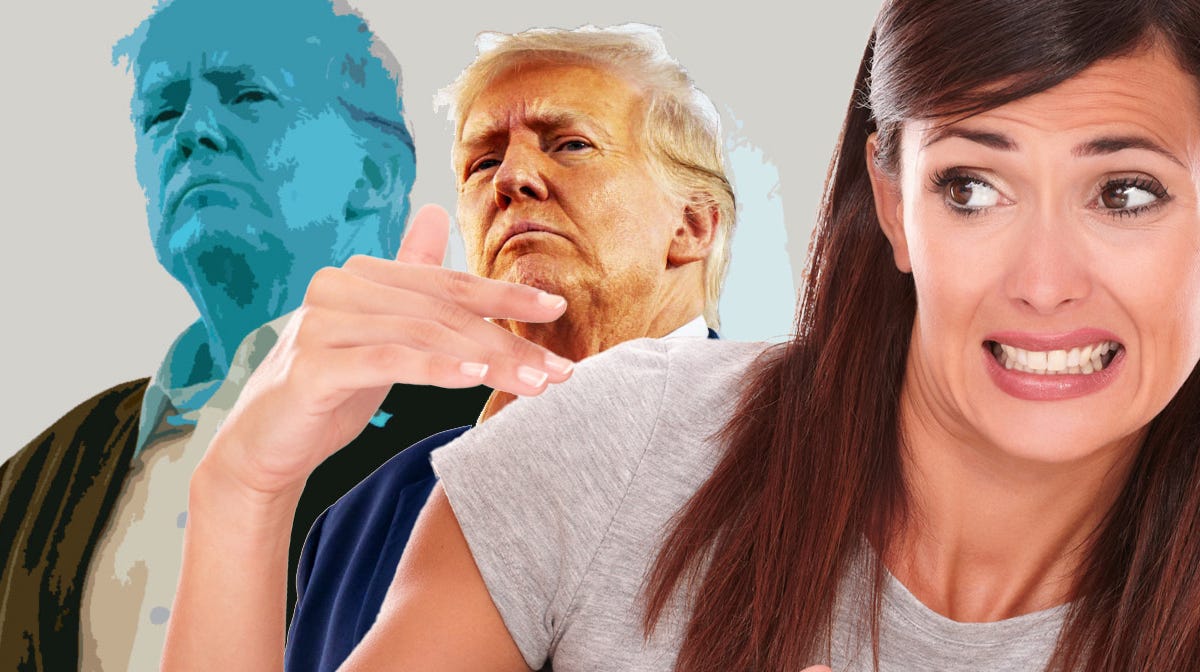It’s a tale as old as Trump’s presidency: talk big, flip-flop harder.
On February 4, 2025, Trump signed a memorandum and accompanying executive order to impose “maximum pressure” on Iran. The move was packed with tough talk, aggressive sanctions, and bluster intended to project strength.
But in less than 24 hours, Trump completely undercut his own policy. He casually walked back the rhetoric, downplaying the severity of his own executive order in a statement he posted on Truth Social (because, of course).
At the same time, he called for a “Verified Nuclear Peace Agreement” that resembled the deal he dismantled during his first term, Barack Obama’s Joint Comprehensive Plan of Action (JCPOA).
In one swift move, Trump contradicted himself and inadvertently admitted that blowing up that agreement was a colossal mistake.
It’s a self-own so quintessentially Trumpian that you’d almost think it was intentional—if it weren’t so clueless.
Don’t miss what’s next—subscribe now for more sharp insights and unapologetic truth.
The Art of the Self-Own
Trump’s flip-flop was as predictable as it was embarrassing. Less than a day after signing his “maximum pressure” memorandum, Trump took to Truth Social to declare:
“Reports that the United States... is going to blow Iran into smithereens, ARE GREATLY EXAGGERATED.”
He then pivoted, calling for a nuclear peace agreement that would allow Iran to “grow and prosper.” Sound familiar?
That’s because it’s essentially the JCPOA, the very deal Trump gleefully tore up in 2018, calling it a “disaster.”
It’s as if Trump spent years dismantling a house only to rebuild it with cheaper materials and slap his name on it. The irony is almost too rich to bear.
Fearmongering and Flip-Flops
This isn’t the first time Trump’s rhetoric has gotten ahead of his actual policy—or his attention span. His administration has long relied on cartoonish depictions of Iran as a supervillain capable of upending the global order.
From all-caps threats of “FIRE AND FURY” to outlandish claims about Iran being days away from developing nuclear weapons (spoiler: they weren’t), Trump’s approach to Tehran has always been more about fearmongering than strategy.
But his sudden deal-making pivot exposes how hollow his bravado really is. After years of escalating tensions and alienating allies, Trump now wants the very thing he destroyed—a nuclear agreement to contain Iran.
Except this time, it’s dressed up as his own idea.
The JCPOA Debacle
Let’s not forget the context here. When Trump came into office, the JCPOA was an internationally backed deal that effectively curtailed Iran’s nuclear ambitions. It wasn’t perfect, but it worked.
Trump, however, couldn’t resist tearing it up—mainly because it had Obama’s fingerprints all over it. The move was hailed as a win by his base, but it quickly led to increased tensions, regional instability, and accelerated nuclear activity by Iran.
Now, after years of saber-rattling, Trump is quietly proposing a new deal that sounds exactly like the one he destroyed. It’s a stunning admission of failure, thinly disguised as leadership.
From Maximum Pressure to Maximum Confusion
Trump’s so-called “maximum pressure” strategy always felt more like maximum posturing. His February 4 memorandum outlined lofty goals:
Deny Iran nuclear weapons.
Neutralize terrorist networks.
Counter missile development.
But as usual, there was no clear plan to achieve any of it—just vague promises and empty threats.
His administration’s approach to Iran has been a game of contradictions, swinging wildly between aggression and conciliation with no coherent strategy in sight.
One day, Trump is threatening Iran with “the likes of which the world has never seen.” The next, he’s extending an olive branch so large it could shade half of Tehran.
A Legacy of Inconsistency
Trump’s handling of Iran is just the latest example of his broader approach to governance: chaotic, contradictory, and ultimately self-defeating.
He talks tough, reverses course, and leaves everyone—including his own advisors—scrambling to make sense of it all.
This flip-flop on Iran illustrates the fundamental problem with Trump’s foreign policy: it’s not about solving problems; it’s about grabbing headlines.
But while his antics might entertain his base, they come at a cost: they undermine U.S. credibility and leave the world to clean up the mess.
Conclusion: The More Things Change, The More They Stay the Same
In the end, Trump’s February 4 stunt will go down as yet another chapter in his ongoing saga of self-inflicted humiliation.
He tore down a functioning nuclear deal, escalated tensions for years, and is now proposing a watered-down version of the very agreement he destroyed.
It’s hard to decide what’s more embarrassing: the blatant hypocrisy or the fact that he doesn’t even seem to realize it.
As we watch this theater of incompetence unfold, one thing is clear: Trump’s greatest talent isn’t leadership—it’s making himself look ridiculous on the world stage.
Support fearless, independent journalism holding power accountable. Subscribers get exclusive resources, including exclusive weekly eBooks and monthly Audio/Video Books!
Stay strong,
Samuel









Hey, Susie Wiles, he's out wandering again.